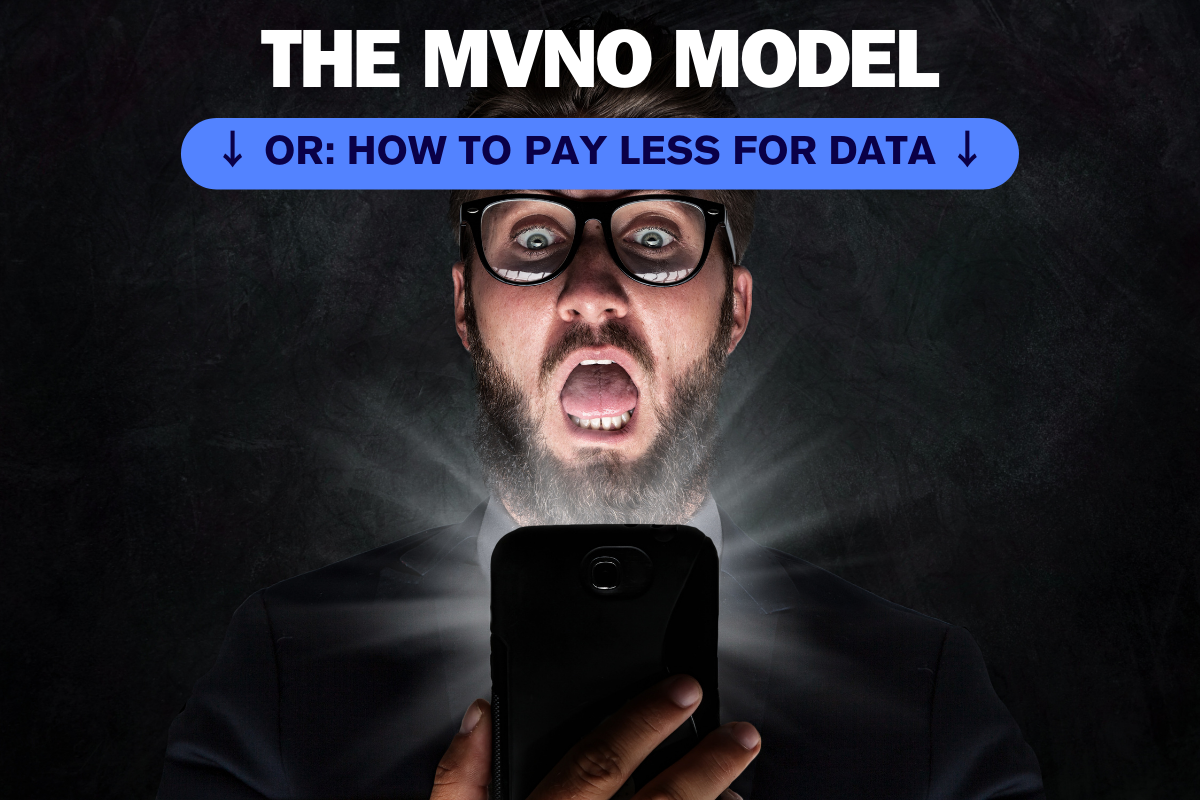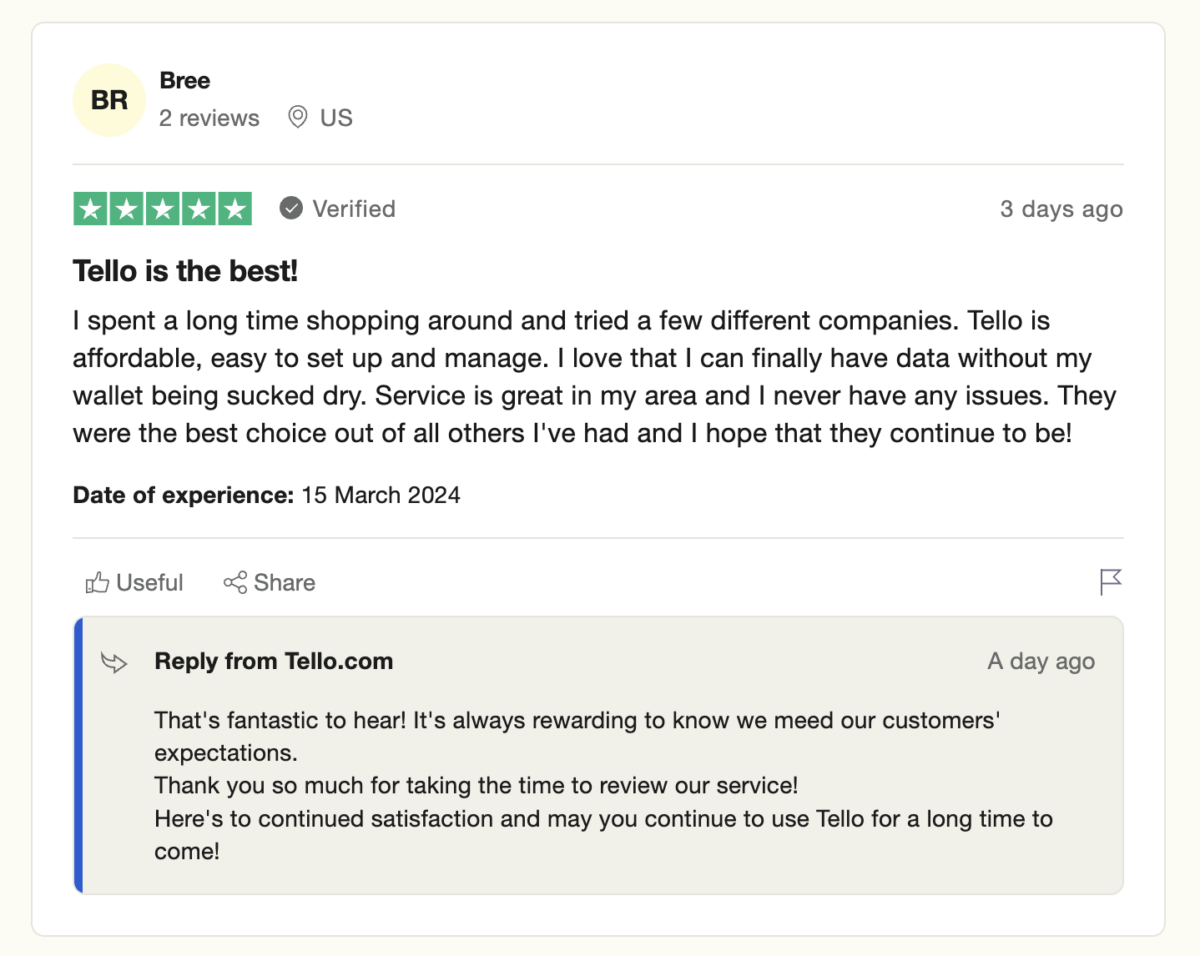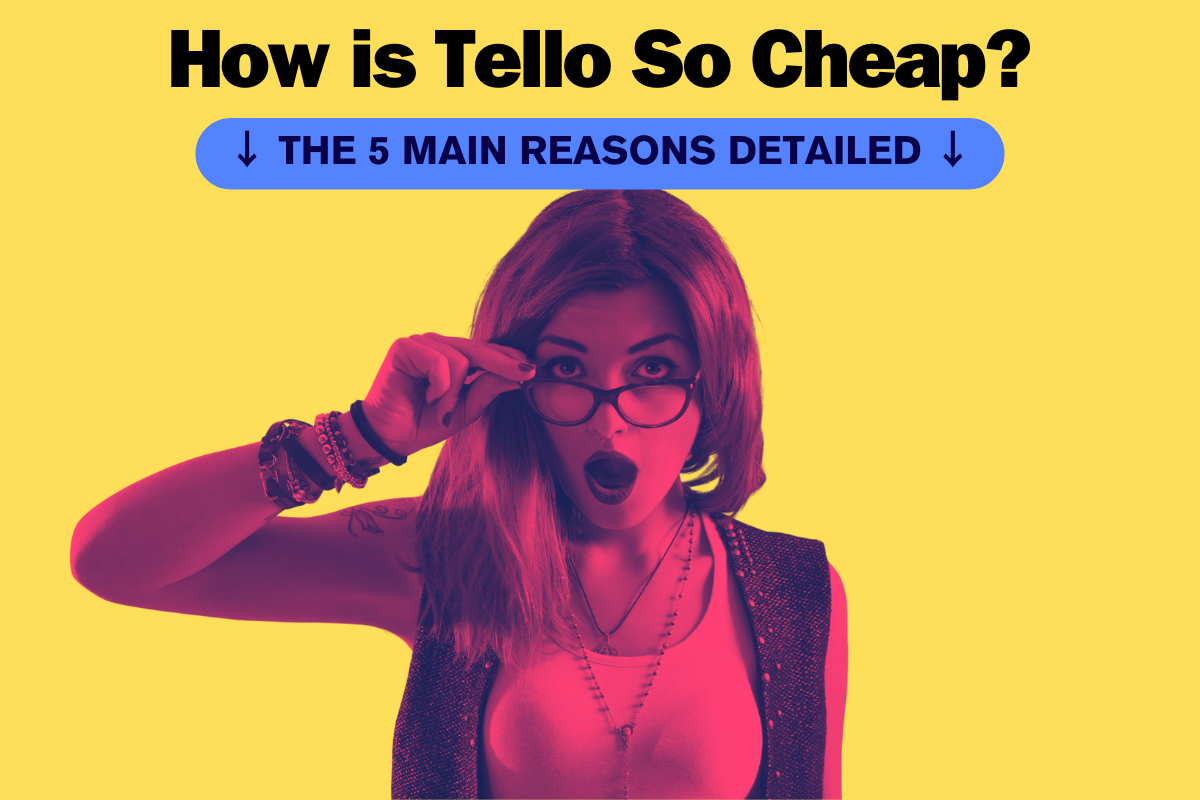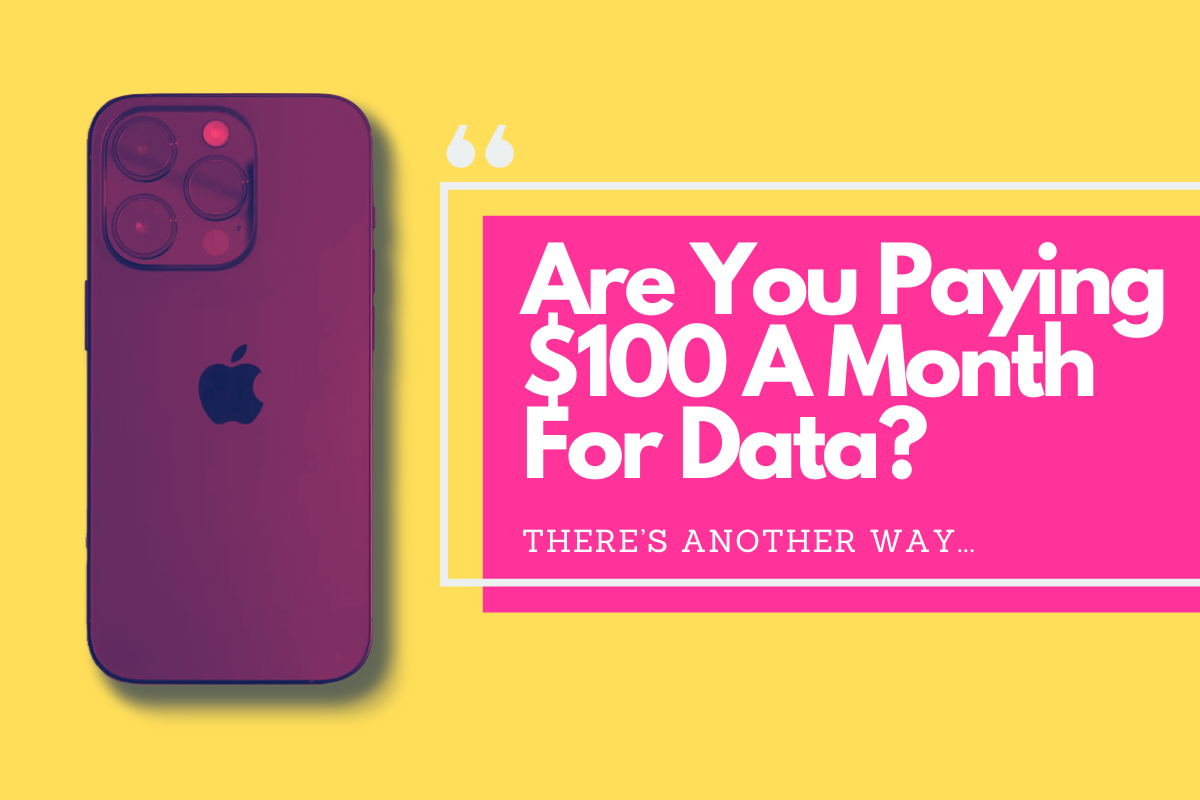Millions of Americans are paying WAY too much for data. There is a cheaper way and the customer service is better too…
Key Takeaways
- Average cell bill in the U.S. is $157/month, often for data you don’t use.
- Most Americans only use 5GB-10GB of data monthly, making unlimited plans unnecessarily expensive.
- MVNOs offer lower costs due to fewer overheads, focusing on customer service and online operations.
- Potential MVNO downsides like data deprioritization and no free extras are minor compared to the savings.
- Switching to an MVNO can significantly reduce your phone bill, especially if your data usage is below 30GB/month, potentially saving around $75/month.
- Recommended MVNOs: Tello Mobile, Mint Mobile, Ultra Mobile & VISIBLE
Here’s a scary fact: the average monthly cell phone bill in the United States is $157 per month.
And to make matters worse most people are overpaying for data they don’t even use on expensive unlimited data plans.
According to study after study, the average American uses just 5GB to 10GB of data per month which begs the question: why are you paying for more data than you need?
Is it loyalty? Because you’ve always been with carrier X, Y or Z? Free access to things like Spotify and/or Hulu? If that’s the case, you need to rethink your relationship. It is costing you money.
The Difference Between A Carrier And An MVNO

The big carriers – Verizon, AT&T, T-Mobile – charge a premium for their services because they have massive overheads: infrastructure, staff, marketing, and stores around the country.
This all costs A LOT of money to keep running, and the costs are passed on to you, the consumer.
An MVNO rents its network from a carrier and is, for the most part, nothing more than an exercise in branding and marketing.
MVNOs do not have the same kinds of costs: they don’t have to pay to maintain and develop infrastructure, most do not have physical stores.
MVNOs Are Better At Customer Support

Instead, MVNOs tend to operate as online-only businesses and focus on customer service. Most do not do contracts either and most will also allow people with bad credit to take out a line.
Some MVNOs (like Tello) let you customize and build your own plan, based on your exact needs – this can save you hundreds of dollars a year.
Nearly all of an MVNO’s resources is spent on two things: getting new customers through marketing and keeping its customers happy through excellent customer support.
This is why most MVNOs have TrustPilot ratings in and around 4.5-4.7 and carriers like Verizon have scores of 1.3 out of five.


MVNOs like Tello, Mint Mobile, Ultra Mobile, and VISIBLE charge in and around $30 a month for more-or-less unlimited data. Go with a 10GB or 20GB plan and you’ll pay even less – $15 to $20.
Are There Any Downsides To MVNOs?
There are downsides to going with an MVNO, but they’re not what I would consider deal-breakers:
- Data Deprioritization: This means your internet might slow down during busy times or after you’ve used a lot of data, as priority goes to the main network’s direct customers.
- Reduced Data Speed: MVNOs may limit how fast your internet can be, making some high-speed activities like streaming or gaming less smooth, to keep plans affordable.
- No Freebies / Extras: MVNOs typically offer basic, cheaper plans without the perks like free streaming subscriptions or international roaming included by bigger carriers.
Why aren’t these deal-breakers? Most of the bad stuff – data deprioritization and reduced data speeds – don’t kick in until you’ve consumed 35GB of data or more, or when you’re in a seriously busy area like a football game or a shopping mall.
With a big carrier like Verizon, you get lots of extras bundled in with your plan – stuff like free access to Spotify or HULU, for instance. But you’re still paying, in most cases, close to $100 for a data plan.
With an MVNO, you don’t get any freebies but you do pay less of data, so if you want to use Spotify or TIDAL, you can – and in total you’ll still end up paying less: $30 for your data, $20 a month for Spotify equals $50.
Final Thoughts / Key Takeaways?

If you’re sick of paying three figures for your data plan, switch to an MVNO. You could literally half your phone bill over night and that, over the course of 12 months, is a significant amount of money.
If you’re currently paying for unlimited data via a big name carrier like Verizon or T-Mobile, check your monthly data usage for the last six months – I bet it is below 30GB.
If that’s the case, switching over to an MVNO plan for $15 a month will save you close to $75 a month. That’s a no brainer, right?


